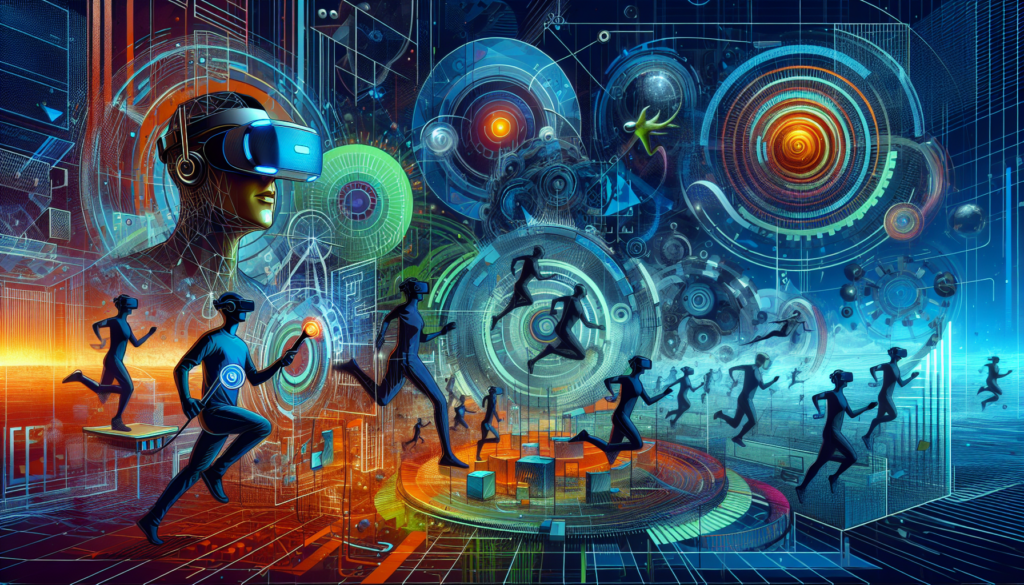On the frontier of human interaction and the digital space, virtual reality (VR) and augmented reality (AR) have become key technologies for the design of immersive environments that transform user perception and experience. VR completely immerses the user in a computer-generated digital world, while AR overlays digital information on the real world. This article will delve into the science and technique behind these revolutionary technologies, addressing both their theoretical foundations and the latest innovations and applications.
Fundamental Theory and Technological Advances
Virtual Reality: VR creates an artificial environment in which the user can interact. This immersion is achieved through devices such as helmets and gloves with sensors that allow perceiving and manipulating virtual objects. At a technical level, the synchronization between the user’s real-world movement and the response of the virtual environment, a concept known as tracking, is crucial. Advances in 3D graphics and the continuous improvement in system latency allow for increasingly realistic experiences.
Augmented Reality: AR integrates the real and virtual worlds by superimposing digital information, such as images and text, into the user’s field of view, usually through a smartphone or special glasses. Key in its development has been the evolution of computer vision and geopositioning technologies, which allow the augmented information to align correctly with the physical world.
Practical Applications and Case Studies
The applications of VR and AR are as diverse as the sectors that exist. In medicine, for example, VR is used for surgical training, providing a safe and controlled environment to practice procedures. AR, on the other hand, has proven to be a valuable tool during surgical interventions, projecting images of internal organs directly into the surgeon’s vision.
In the field of education, both VR and AR can transform teaching methods by offering practical experiences and interactive simulations. History students could virtually walk through ancient cities, while those in the sciences can manipulate 3D molecular models.
The industry and engineering sector also benefits greatly from these technologies. Engineers use VR for visualization and analysis of prototypes, optimizing design before physical manufacturing. On the other hand, AR assists technicians in maintaining machinery, projecting manuals and relevant information directly into their field of vision.
Comparison with Previous Works
It is essential to understand how VR and AR have evolved concerning previous technologies. Early flight simulators, for example, offered an immersive but limited experience, dependent on screens and physical controls. Current VR, however, is capable of simulating a completely three-dimensional environment with real-time interaction. Meanwhile, while AR originated in static displays and markers, current technology allows for a much more seamless and dynamic integration with the environment.
Innovations and Future Directions
On the horizon for VR and AR are advances such as enhanced sensory integration, where advanced haptic devices will provide more precise tactile feedback. Furthermore, mixed reality is emerging as a field where elements of both technologies are combined to create even richer and polyvalent experiences. Improvements in brain-computer interfaces could in the future allow the manipulation of virtual and augmented environments through thought.
Quantum computing could play a vital role in the processing of the vast sets of data required for highly detailed and realistic immersive environments. Machine learning and artificial intelligence will continue to refine the way these immersive experiences are personalized and adapted to individual emotional and physical responses.
Conclusions
With one foot in the present and the other in the future, VR and AR are destined to reshape the way we interact with the world and each other. From highly specialized training environments to mass-consumer applications, these advances represent a promise of immersion, interactivity, and engagement without precedent. As technology advances, the ability to create meaningful and transformative experiences will only expand, offering an exciting outlook for digital explorers and technological visionaries alike.

